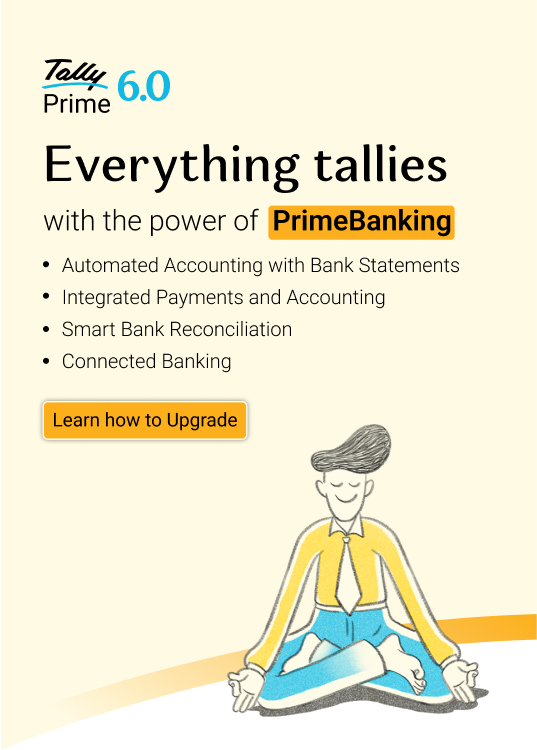Payroll management might not be the flashiest part of business operations, but it’s one of the most vital. It’s not just about timely salaries—it’s about building trust with employees, staying compliant with ever-evolving laws, and keeping your operations running smoothly. Yet for many businesses, payroll management can feel like navigating a maze, especially with shifting regulations and manual processes still in play.
So, what’s making payroll so tricky? And what can you do to simplify it?
Let’s break it down.
Common payroll challenges that businesses face
Keeping up with changing tax and labour laws
One of the biggest challenges in payroll management is staying compliant with the complex and constantly evolving tax and labour laws.
From statutory deductions like TDS, EPF, and ESI to regional nuances like Professional Tax and minimum wage variations, there’s a lot to stay on top of. Add frequent amendments—some annual, some unexpected—and it’s easy to see how things slip through the cracks.
You’re expected to comply with multiple laws, including:
- The Minimum Wages Act, 1948 – Ensures fair compensation
- The Payment of Wages Act, 1936 – Mandates timely salary disbursal
- The Payment of Bonus Act, 1965 – Regulates employee bonuses
The risk of non-compliance? Penalties, legal issues, and a hit to employee trust.
Misclassification of employees
Improper classification—say, mixing up a full-time employee with a contractor—can open the door to serious compliance issues. Benefits may be wrongly extended (or withheld), taxes misapplied, and legal liabilities triggered.
It’s essential to clearly define employment terms and follow government guidelines for each role type—especially as the gig economy continues to grow.
Manual errors
Payroll mistakes, even minor ones, can have big consequences. A wrong decimal, missed overtime, or outdated tax slab can:
- Hurt employee morale
- Lead to underpayments or overpayments
- Result in legal trouble or backdated dues
Common issues include:
- Misreporting work hours (especially for shift-based or hourly roles)
- Incorrect tax withholdings
- Missing or miscalculated bonuses and incentives
- Errors in benefit deductions
When payroll is done manually or across scattered spreadsheets, these mistakes are bound to creep in.
Data security risks
Payroll data contains highly sensitive information—think bank details, salary slips, PAN numbers. If not stored or transferred securely, it's vulnerable to breaches.
A leak or hack doesn’t just result in reputational damage. It could mean identity theft for employees, regulatory scrutiny, or lawsuits.
Quick snapshot: the payroll pain in numbers
- 41% of Indian businesses report payroll issues every year
- 55% of SMEs face compliance problems in payroll
- HR teams spend 40–50 hours a month just on payroll
- 30% of employees feel dissatisfied when payroll issues go unresolved
- Payroll issues can account for up to 5% of overall payroll costs
Best practices to simplify payroll (and breathe easier)
Automate as much as you can
Manual processes are prone to error and eat into productive hours. A good payroll solution can:
- Auto-calculate salaries, tax deductions, and statutory contributions
- Stay updated with the latest compliance changes
- Generate pay slips, reports, and file returns—all in one place
Automation also reduces dependency on specific team members and keeps your payroll process running smoothly even during team transitions.
Stay ahead of regulation changes
Given how frequently tax and labour laws change in India, staying informed isn’t optional—it’s essential.
Use these tips:
- Subscribe to government portals and payroll newsletters
- Consult payroll or tax experts regularly
- Choose payroll software that updates tax rules in real time
This proactive approach helps you avoid last-minute panic and potential fines.
Maintain clean, accurate records
Inaccurate or incomplete records can haunt you—especially during audits or disputes.
Keep a detailed trail of:
- Hours worked
- Salary structures
- Deductions and contributions
- Reimbursements and bonuses
Digital record-keeping ensures data is secure, backed up, and easily retrievable when needed.
Stick to a clear and consistent payroll schedule
Whether you pay your employees weekly, biweekly, or monthly—stick to the plan. A consistent schedule:
- Builds trust
- Helps employees manage personal finances better
- Reduces back-and-forth queries to HR or finance
If changes to the schedule are unavoidable, communicate early and clearly.
Foster transparency with employees
When employees know how their pay is calculated and what’s being deducted, it builds confidence. Transparency also gives them a chance to flag issues early, before they escalate.
Encourage employees to review their pay slips regularly and ask questions. This keeps the payroll process accountable on both sides.
Wrapping up
Payroll isn’t just about paying salaries—it’s about getting it right, every single time.
Yes, the system is complex. Yes, the rules change often. But with the right tools, processes, and awareness, payroll can become a smooth, stress-free operation.
Getting payroll right means:
- Your employees are happy and motivated
- Your business stays compliant and audit-ready
- Your HR and finance teams can focus on growth—not grunt work
In short: when payroll runs well, your business runs better.










